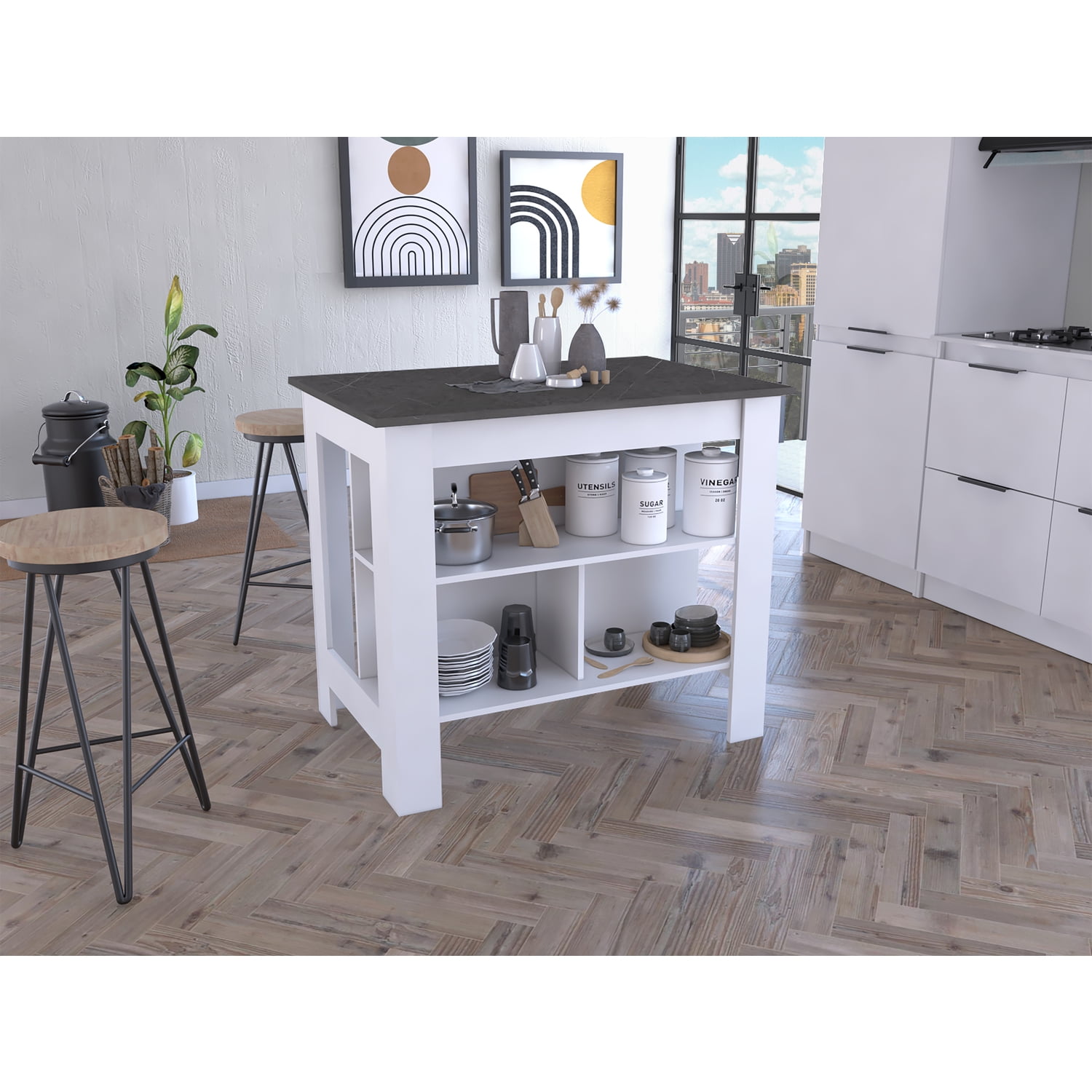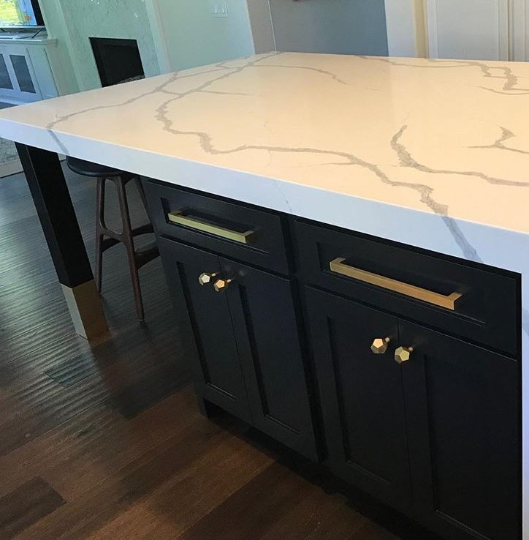Make Best Use Of Convenience with Flexible Legs For Kitchen Island Features
Make Best Use Of Convenience with Flexible Legs For Kitchen Island Features
Blog Article
Key Factors To Consider for Locating the most effective Legs For Cooking Area Island for Your Style
When choosing the optimal legs for your kitchen area island, several vital factors to consider enter into play that can substantially affect both functionality and aesthetic appeals. The choice of design, product, and height need to line up with your overall cooking area style to guarantee an unified appearance. Additionally, security and upkeep demands are crucial for long-lasting use and convenience of care. Recognizing these elements can boost your kitchen area's functionality and aesthetic appeal, however the nuances of each consideration can often be ignored. What implications might these options carry your kitchen area's general atmosphere?
Determine Your Style Preference
Establishing your style preference is crucial when selecting the suitable legs for your cooking area island. The legs of your kitchen area island not just offer a practical objective but likewise add considerably to the general visual of the space. Identifying your design style-- be it modern, rustic, conventional, or industrial-- is important.
For a modern cooking area, think about sleek, minimalistic legs that enhance clean lines and open rooms. Typical kitchen areas typically favor transformed or ornate legs, which can include a touch of beauty and class.
Furthermore, take into consideration the elevation and proportion of the legs in relation to the island's surface. Inevitably, your design preference will affect not just the selection of legs but likewise the general consistency of your cooking area's design.
Select the Right Product
Picking the right material for your cooking area island legs is critical in making sure both longevity and visual charm. Different products provide unique benefits, and the option usually reflects your layout choices and useful needs.
Timber is a preferred selection, giving heat and convenience. It can be tarnished or repainted to match your kitchen area decoration, making it adaptable to various styles, from rustic to modern. Nonetheless, timber might need regular upkeep to maintain its look and stability.

If you look for a distinct touch, take into consideration acrylic or glass materials. They can produce an impression of space and lightness in your cooking area, making them an outstanding selection for smaller sized areas - Legs For Kitchen Island. These alternatives might require cautious handling and upkeep to stay clear of scratches.
Eventually, the material you pick should line up with your kitchen's overall style, ensuring that the legs offer both ornamental and practical objectives.
Consider Height and Proportions
When creating a cooking area island, elevation and percentages play an important duty in making certain functionality and comfort. The common elevation for a cooking area island commonly varies from 36 to 42 inches, straightening with standard counter elevations or bar elevations, specifically. This measurement is crucial for balancing with bordering kitchen counters and feceses, enabling ease of usage throughout dish preparation and social interactions.
Furthermore, the island's proportions must enhance the general kitchen area layout. Take into consideration the ratio between the island's size and length, guaranteeing it supplies sufficient surface area without crowding the cooking area.
Additionally, the height of the legs or base can affect the aesthetic charm and functionality. Taller legs might provide a more modern, ventilated feeling, while shorter ones can stimulate a standard, grounded look. Ultimately, meticulously taking into consideration elevation and proportions will certainly lead to a kitchen area island that is both aesthetically attractive and functionally reliable, improving the general style of the room.
Assess Stability and Resilience
A cooking area island's legs must not only enhance its height and proportions yet also supply ample stability and longevity to support everyday tasks. The legs are necessary to the total functionality of the island, as they bear the weight of the counter top and any kind of additional tons, such as devices or food prep work tasks.
When examining security, it is essential to think about the leg layout and product. Strong steel or strong wood legs frequently provide remarkable toughness contrasted to lighter materials like engineered wood or plastic. Additionally, a larger base can improve security, lowering the threat of tipping or tottering throughout use.
Toughness is just as vital; the legs need to resist wear and tear from everyday use. Consider finishes that protect against scrapes, damages, and dampness, specifically in a kitchen area atmosphere. Review the top quality of building and construction, such as fastenings and joints, which can considerably affect the legs' long-term efficiency.
Eventually, investing in well-crafted legs that prioritize security and toughness will ensure your kitchen area island stays a reputable office for many years ahead, enhancing your cooking experiences while keeping aesthetic charm.
Consider Upkeep and Care
Upkeep and treatment are critical considerations for making certain the durability and performance of cooking area island legs. When choosing legs, it is important to review the materials made use of, as different alternatives need differing levels of maintenance. Wood legs might require regular refinishing or securing to avoid wetness damages and scratches, while metal legs might require regular polishing to keep their sparkle and avoid corrosion.
Moreover, the surface related to the legs can affect maintenance requirements. A high-gloss covering might be less complicated to clean however can reveal fingerprints and scratches quicker than a matte surface. It is suggested to choose materials and surfaces that enhance your way of living; for instance, if you often index organize celebrations, opt for durable materials that can stand up to damage.
Additionally, consider the cleaning process associated with keeping these legs. Smooth surface areas often require very little initiative, while detailed layouts may accumulate dust and gunk, dig this requiring even more labor-intensive cleansing approaches. Legs For Kitchen Island. Inevitably, factoring in the maintenance and care required for your chosen kitchen area island legs will certainly not just enhance their aesthetic appeal but also ensure their useful stability over time
Verdict
In verdict, choosing the optimal legs for a cooking area island requires cautious consideration of various aspects, consisting of layout style, product selection, security, upkeep, and height. Each element plays an important role in ensuring that the legs not just improve the aesthetic allure of the kitchen area but additionally supply the required support and durability for day-to-day use. An educated choice will ultimately add to a practical and aesthetically pleasing kitchen area environment.
The legs of your kitchen area island not only offer a functional objective but additionally contribute significantly to the general aesthetic of the area.Maintenance and treatment are important considerations for making certain the longevity and efficiency of kitchen island legs. Wood legs might my website need routine refinishing or sealing to protect against moisture damages and scrapes, while metal legs might require routine brightening to maintain their luster and protect against rust.
Inevitably, factoring in the maintenance and care needed for your chosen kitchen area island legs will certainly not just enhance their visual allure but likewise guarantee their functional stability over time.

Report this page